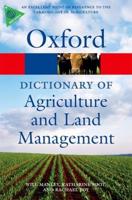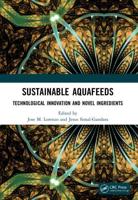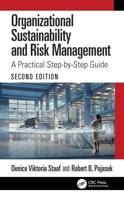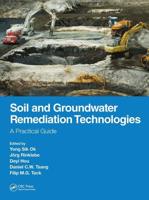Publisher's Synopsis
Excerpt from Preliminary Planning Alternatives for Solving Agricultural Drainage and Drainage-Related Problems in the San Joaquin Valley: Executive Summary
The severity of the toxics problem has been known only a relatively short time. It came into focus about 6 years ago with the discovery of migratory bird deaths and deformities linked to high levels of selenium in agricultural drainage water at Kesterson Reservoir. Concentrations of drainage-water contaminants and rates of deformities higher than those found at Kesterson are now being found associated with evaporation ponds in the Tulare Basin, in the southern part of the valley.
Drainage problems affecting agriculture are almost as old as irrigated agriculture in the valley. As early as the 18go's, some cultivated lands were forced out of production because of salt and drainage problems. Despite the long history of drainage problems, efforts to solve them have been fragmented and remain uncompleted. Many people involved in drainage issues believe that a sustainable, long-term solution to the problems affecting agriculture will have to be accomplished in several phases. The first, and probably most critical, phase involves solving the problem of toxicants such as selenium.
Understanding of drainage conditions and problems in the valley has been greatly improved in the last few years, and critical evaluation of potential measures for solving those problems is required. Some 70 individual options that potentially could contribute to management of the problems have been identified by the Drainage Program, including measures that are currently being practiced as well as those that are as yet unproven and still under investigation. This report presents preliminary planning alternatives utilizing several of these options, all of which represent currently available technologies. The alternatives represent short-term or interim fixes to address problems expected to exist in the year 2000; in most cases, however, the measures and associated benefits would extend for many years. The Drainage Program is in the process of developing additional alternatives to meet both short and long-term needs.
About the Publisher
Forgotten Books publishes hundreds of thousands of rare and classic books. Find more at www.forgottenbooks.com
This book is a reproduction of an important historical work. Forgotten Books uses state-of-the-art technology to digitally reconstruct the work, preserving the original format whilst repairing imperfections present in the aged copy. In rare cases, an imperfection in the original, such as a blemish or missing page, may be replicated in our edition. We do, however, repair the vast majority of imperfections successfully; any imperfections that remain are intentionally left to preserve the state of such historical works.









